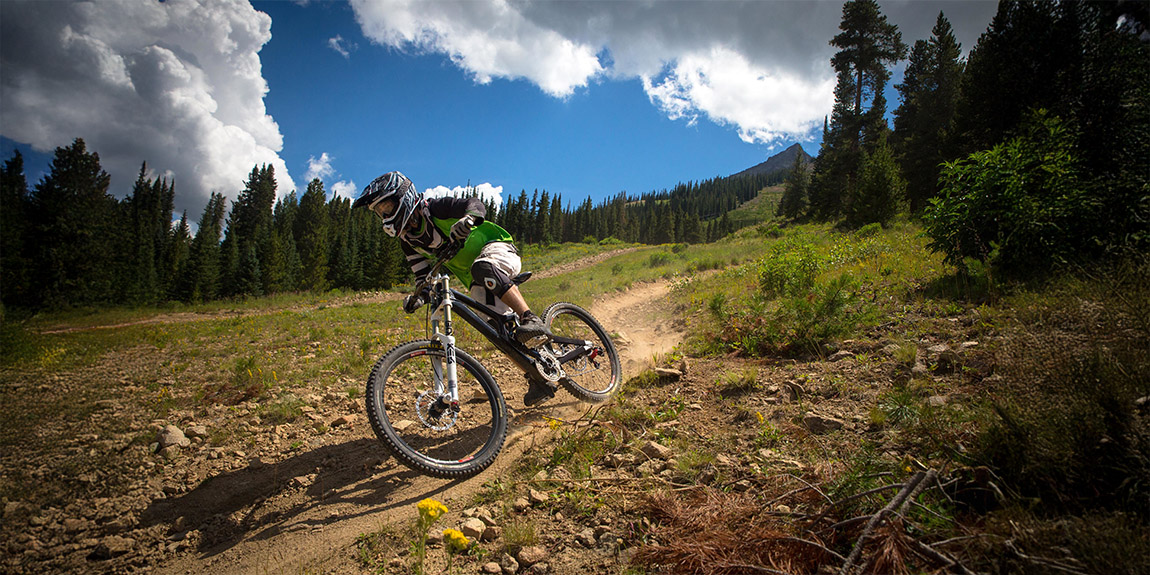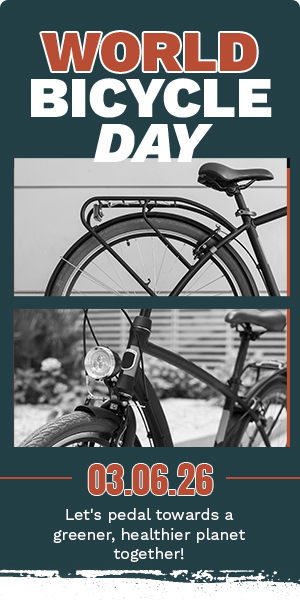
Choosing the right bike for bikepacking is a foundational decision that significantly impacts the comfort, capability, and overall enjoyment of your adventures. While nearly any bike can be used for bikepacking, an optimal choice aligns the bike’s characteristics with the terrain, duration, and style of riding you plan to undertake.
Key considerations include the frame material, tire clearance, and mounting points. Steel frames are often favored for their durability, comfort, and repairability in remote areas, though aluminum and carbon also have their merits for weight and stiffness. Ample tire clearance is crucial, allowing for wider tires that provide better traction and comfort on varied surfaces. The number and placement of mounting points (for bottle cages, racks, and fender mounts) are also important for maximizing gear-carrying capacity and flexibility with bag setups.
Beyond these fundamental features, evaluate the bike’s gearing range for tackling climbs with a loaded bike, and consider the geometry for a balance of stability and maneuverability appropriate for your chosen trails. Suspension, or lack thereof, is another significant factor; a rigid or hardtail bike might suffice for gravel, while a full-suspension rig could be preferred for technical singletrack. Ultimately, the best bikepacking bike is one that fits you well, is robust enough for the intended use, and can comfortably carry your gear across the landscapes you wish to explore.
- Prioritize frame material based on durability, comfort, and repairability. Steel is often a popular choice, but other materials have their benefits.
- Ensure generous tire clearance to accommodate wider tires for varied terrain. Wider tires enhance comfort and traction on rough surfaces.
- Look for ample mounting points for bags, water bottles, and accessories. More mounts provide greater flexibility for gear organization.
- Consider a wide gearing range to efficiently climb with a loaded bike. Lower gears are essential for tackling steep inclines with added weight.
- Evaluate suspension needs based on the technicality of your planned routes. Full suspension may be beneficial for highly technical trails, rigid for milder.
For More Information Please Visit: https://buycycle.com/ | https://www.cyclinguk.org/









